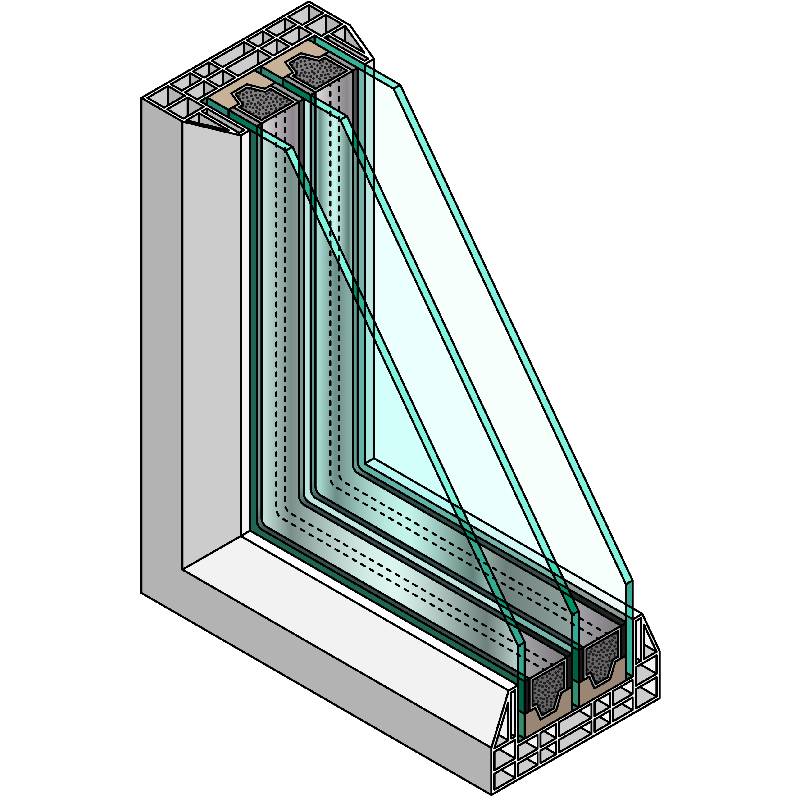

The Advantages of Low-E3 Glass in Modern Architecture
In recent years, the demand for energy-efficient building materials has surged, and one key player in this sector is low-emissivity glass, commonly referred to as Low-E glass. Among the various types, Low-E3 glass stands out for its distinctive properties and benefits, making it an excellent choice for both residential and commercial applications.
The Advantages of Low-E3 Glass in Modern Architecture
One of the most significant benefits of Low-E3 glass is its energy efficiency. Buildings utilizing Low-E3 glass can experience substantial reductions in energy consumption, which translates into lower utility bills. According to various studies, the use of Low-E3 windows can save homeowners and businesses up to 25% on heating and cooling costs compared to standard windows. Additionally, these windows contribute positively to the environment by decreasing greenhouse gas emissions associated with excessive energy use.

Aside from energy savings, Low-E3 glass enhances indoor comfort by minimizing temperature fluctuations. Traditional windows can suffer from hot or cold spots, creating draughts that compromise the pleasantness of indoor spaces. Low-E3 glass minimizes these effects, ensuring a more consistent temperature throughout the room. This feature is particularly beneficial for spaces that are frequently occupied, such as offices, schools, and homes.
Furthermore, Low-E3 glass is designed to block ultraviolet (UV) rays, which can cause significant damage to furniture, artwork, and flooring over time. By filtering out this harmful radiation, not only does it protect interior furnishings, but it also helps in maintaining their aesthetic appeal and longevity. This provides added value for homeowners and business owners alike.
In terms of aesthetics, Low-E3 glass does not compromise the visual appeal of buildings. It maintains clear and bright interiors while still providing the benefits of temperature regulation and UV protection. Architects appreciate its versatility, as it can be integrated into various designs without sacrificing style or functionality.
In conclusion, Low-E3 glass serves as an exceptional solution for modern architectural needs. Its energy efficiency, comfort-enhancing properties, UV protection, and aesthetic versatility make it a preferred choice for many builders and homeowners. As the global trend moves toward sustainability and energy conservation, the role of Low-E3 glass is poised to grow, positioning it as a cornerstone of future building practices.